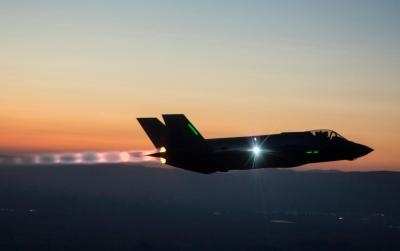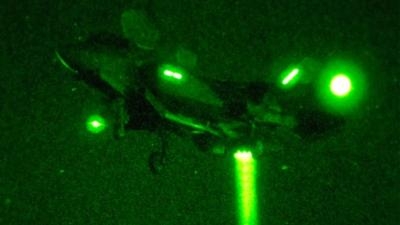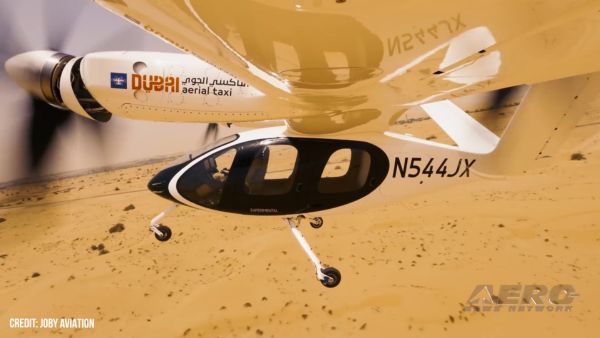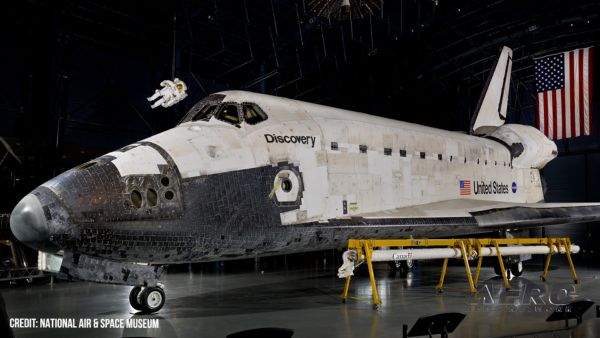Integrated Test Force Close To Finishing The Years-Long Process
The F-35 Integrated Test Force is wrapping up a series of night flights, which are testing the aircraft's capability when flying in instrument meteorological conditions. It is a necessary step in delivering a core competency to the warfighter - the ability to fly the jet safely when there are no external visibility references for the pilot.

"This will increase the combat capability eventually. But, in the interim, it will increase the training capacity. The capability to fly at night and in the weather is one of the core competencies that must be delivered to the warfighter," said Lt. Col. Peter Vitt, F-35 ITF director of operations. "This is about safety, specification compliance and predicting operational utility; it's our job to find out how well the system works, how well our pilots interact with the displays and how the navigational system works."
The ITF, which has the lead on all F-35 mission systems testing, is responsible for five night flights, with Naval Air Station Patuxent River, Md., conducting the sixth. "The original intent was to spread the night flights around, three would be conducted here and three at Pax River with B and C variants," said Vitt. "But, as we moved into the execution phase, it made sense for us to do five here because of the variety in our pilots' backgrounds. Additionally, the airplanes fly essentially the same in an instrument environment and the mission system software is identical, so we leveraged that to make things more efficient."
For safety purposes and to ensure decision-quality data is collected, the ITF used a build-up approach to conduct the night flights. Pilots began with flying in visual meteorological conditions, familiarizing themselves with the F-35's mission systems. Simulator flights, which occurred in February, also helped pilots prepare for the missions. "Progress towards IMC certification has been ongoing for a few years. We have been flying under good conditions during the day, using the same displays intended to support IMC flight. Recently we performed a series of simulator tests under instrument conditions. The final step was actual night test missions without reference to a visible horizon," said Maj. Eric Schultz, F-35 test pilot.

"We're just finishing up those flights. The simulator does not exactly replicate actual flight conditions, so we flew to make sure the F-35 provides the displays, communications and other systems you need to safely fly at night or in weather when you're lacking the view of the outside world," he added.
When the ITF completes the night flights, a variety of capabilities will have been tested including ground operations and the pilot's ability to maneuver the aircraft without becoming disoriented. The test team will also evaluate the navigation systems, data from the instrument landing system, and how well the radios work.
Conducting instrument meteorological conditions testing proved to be somewhat of a challenge and required some ingenuity to make sure pilots had no external visual references, while avoiding weather conditions in which the aircraft is not yet cleared to fly. "There are certain weather conditions we haven't tested yet, so we can't fly there yet. We had to find a way to fly instrument conditions without flying in certain kinds of weather. The creative solution the team came up with was to fly over the water and remote areas over land where there isn't cultural lighting to provide a horizon for the pilot," said Vitt. "This is just another example of what happens here all the time, the ITF finds a way to accomplish the testing and get the data we need to overcome the various hurdles we see every day."
While still in the early development phase, the ITF has used the night flights as an opportunity to identify areas of improvement for the mission systems to better serve the warfighter. As the ITF successfully wraps up the night flights, the team's input will ultimately result in a safer, more capable weapon system.
(USAF images)
 Airborne 07.02.25: TikToker Arrested, Vietnam A/L Ground Hit, ATC Modernization
Airborne 07.02.25: TikToker Arrested, Vietnam A/L Ground Hit, ATC Modernization Airborne Affordable Flyers 07.03.25: Sonex HW, BlackShape Gabriel, PRA Fly-In 25
Airborne Affordable Flyers 07.03.25: Sonex HW, BlackShape Gabriel, PRA Fly-In 25 ANN's Daily Aero-Term (07.07.25): Discrete Code
ANN's Daily Aero-Term (07.07.25): Discrete Code Classic Aero-TV: DeltaHawk Aero Engine Defies Convention
Classic Aero-TV: DeltaHawk Aero Engine Defies Convention ANN's Daily Aero-Linx (07.07.25)
ANN's Daily Aero-Linx (07.07.25)




